Collateral damage: American civilian survivors of the 1945 Trinity test
By Lesley M. M. Blume | July 17, 2023
Collateral damage: American civilian survivors of the 1945 Trinity test
By Lesley M. M. Blume | July 17, 2023
On Sunday, July 15, 1945, at around 11 pm Mountain War Time, New York Times reporter and in-house Manhattan Project historian (or propagandist, some would say) William L. Laurence joined the project’s scientists on a caravan of buses, trucks, and cars heading out of Albuquerque. Their destination: the New Mexico desert, about 125 miles to the southeast, to witness the first atomic bomb detonation in history. None of the bomb’s creators knew whether the test—codenamed “Trinity”—would be successful. One of the scientists even speculated that the blast could ignite the nitrogen in the earth’s atmosphere and end human civilization.
When the caravan reached its destination—the Alamogordo Bombing Range in the desert basin known as the Jornada del Muerto (translated into English “dead’s man’s journey”)—the night sky was dark with black clouds, Laurence later recalled, except for an occasional, foreboding bolt of lightning. The group was given strict instructions about what to do when the bomb went off: Lie prone on the ground, face down, head facing away from ground zero. Do not look at the bomb’s flash directly. Stay on the ground until the blast wave passed. Someone produced a bottle of sunscreen, and the scientists passed it around, rubbing it into their faces and arms in the dark.
When the blast came, Laurence recalled, it felt like a biblical experience. “There rose from the bowels of the earth a light not of this world, the light of many suns in one,” he later recalled. “It was as though the earth had opened and the skies had split. One felt as though one were present at the moment of creation when God said, ‘Let there be light.’ ” (Laurence 1946) Standing nearby, the so-called “father of the bomb,” J. Robert Oppenheimer, famously likened himself in that moment to Vishnu, “the destroyer of worlds.”
The protective guidance that Laurence and the other eyewitnesses had been given was shockingly inadequate in the face of such awesome and destructive power, but at least they knew it was coming. Civilians living nearby, on the other hand, were given no advance warning of the test. Nor was any effort made by the US government to evacuate them beforehand or afterward.
The test site—selected in 1944 from a shortlist of eight possible test sites in California, Texas, New Mexico, and Colorado—had been selected, in part, for its supposed isolation. Yet in reality, nearly half-a-million people were living within a 150-mile radius of the explosion, with some as close as 12 miles away. Many, if not most, of these civilians were still asleep when the bomb detonated just before dawn. (See figure 2, below.)
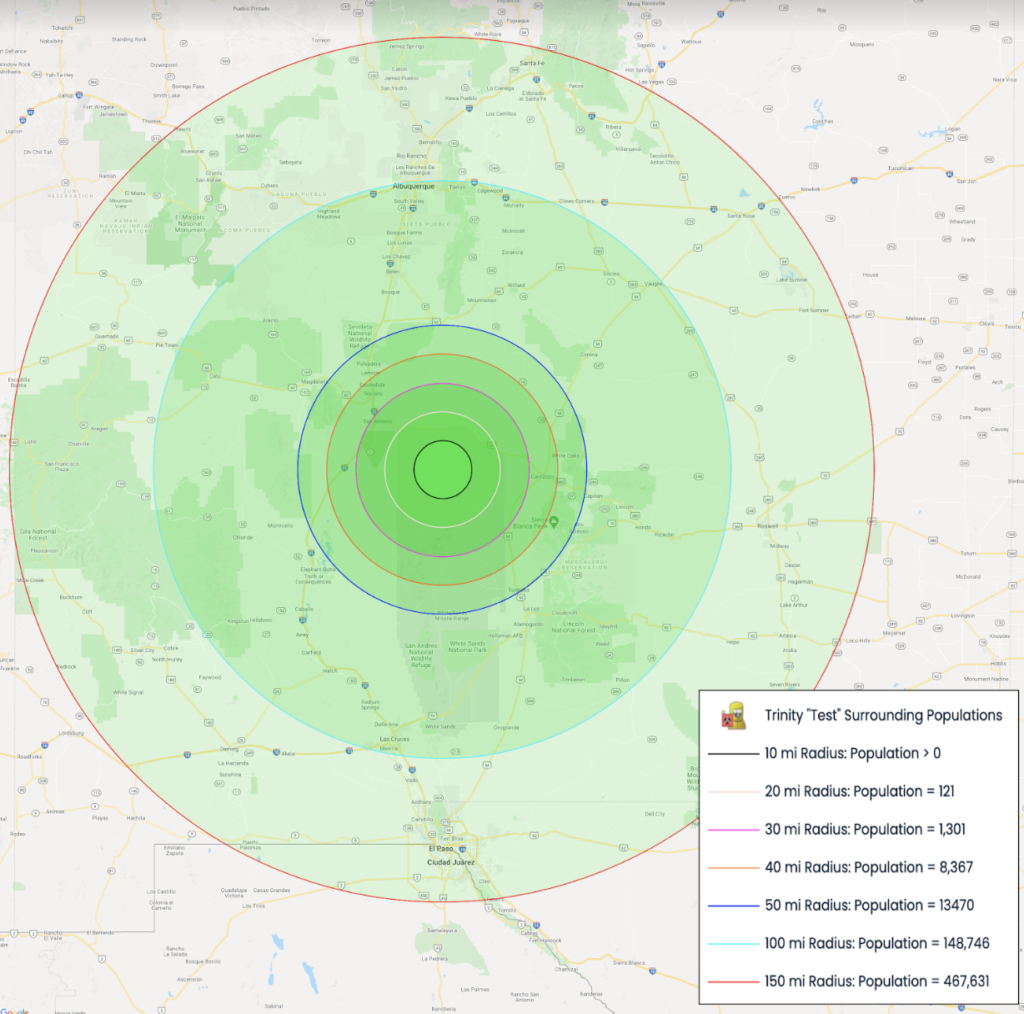
Several civilians nearby—stunned by the blast—later reported that they thought they were experiencing the end of the world. A local press report stated that the flash had been so bright that a blind girl in Socorro, New Mexico—about 100 miles from the bombing range—was able to see it, and asked: “What’s that?” In Ruidoso, New Mexico, a group of teenage campers were jolted out of their bunk beds onto their cabin floor. They ran outside, worried that a water heater had exploded. Barbara Kent, one of the campers, recently recalled in an interview with National Geographic that “[A]ll of a sudden, there was a big cloud overheard, and lights in the sky. It hurt our eyes. It was as if the sun came out tremendous. The whole sky turned strange.” (Blume 2021)
A few hours later, white flakes began to fall from the sky. The campers began to play in the flurry. (See figure at top of page.)
“We were grabbing the white flakes, and putting it all over ourselves, pressing it on our faces,” Kent said. “But the strange thing, instead of being cold like snow, it was hot. And we all thought, ‘Well, the reason it’s hot is because it’s summer.’ We were only thirteen; we didn’t know any better.”
One family in Oscuro, about 45 miles away from the site, hung wet bed sheets in their windows to keep the flakes from floating into the house. The strange substance continued to fall from the sky for days, coating everything: orchards, gardens, herds of livestock, cisterns, ponds, and rivers. Soon the Oscuro family’s chickens died. The family dog died.
The local newspapers soon offered up an explanation for the blast: There had been an ammunition magazine explosion, “…containing a considerable amount of high explosives and pyrotechnics,” said one Associated Press (AP) report. There had been no loss of life or injury, the story reassured readers, although there had been reports that the explosion had “rattled windows.” This did not, of course, account for the peculiar snow. Nor did it strike some locals as an adequate explanation for the terrifying orange and red fiery column that had extended into the sky—nor the blast so bright that it could be seen in Mexico, Arizona, and Texas.
Barbara Kent, the teenaged camper, recalled attending an official town-square announcement soon after the blast in Ruidoso. Government officials told gathered locals that “[T]here was an explosion at a dump,’” she recalled later. “They said, ‘No one worry about anything; everything is fine.’ Some people believed it, but others couldn’t imagine that a dump explosion would do this. They lied to us. I didn’t learn the truth until years later” (Blume 2021).
* * *
The decision not to inform or evacuate nearby civilians about the Trinity test came from the top-down. For Manhattan Project leader Gen. Leslie R. Groves, getting the bomb ready for wartime use in near-total secrecy was crucial and trumped all other considerations. Some Manhattan Project doctors and physicists had attempted to warn Groves and Oppenheimer about the possible exposure risk for surrounding communities. Physicist Joseph Hirschfelder made preliminary calculations about possible fallout distribution, and told Oppenheimer that radiation from the active material and fission products might render up to 100 square kilometers (roughly just over 38.5 square miles) around the test site uninhabitable.
Fallout patterns mapped during a pre-test detonation in May of plutonium-spiked TNT amplified the fears of the doctors, who urged Groves and other Manhattan Project leaders to develop civilian evacuation plans. (See Figure 3 below.)
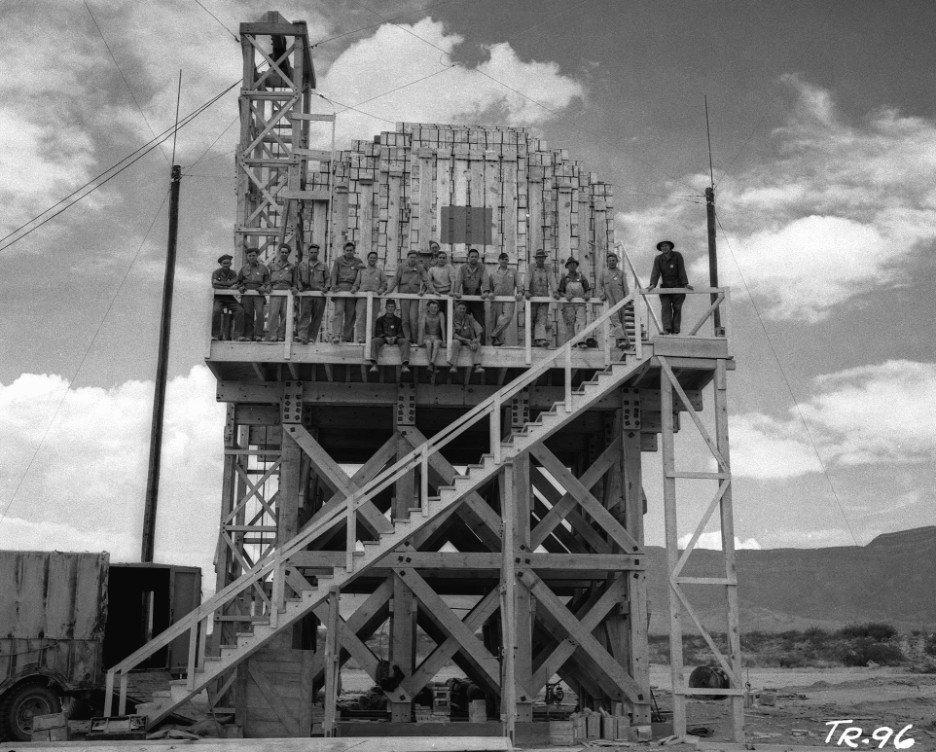
Their entreaties were met with indifference at best, and outrage at worst. When Manhattan Project radiologist James Nolan approached Groves about the probable threat to civilians, the general grew “genuinely sore at [him] for bringing up the prospects of radioactive contamination” and even accused him of being “some kind of Hearst propagandist,” says Nolan’s grandson, James L. Nolan, Jr., in his recent book, Atomic Doctors: Conscience and Complicity at the Dawn of the Nuclear Age. For the general, any substantial advance evacuation was a non-starter: Such a large-scale operation might attract press attention—or worse, somehow attract the enemy’s attention—and compromise the entire clandestine military operation.
No one knew how strong the actual test’s blast would be. Some of the project’s scientists set a betting pool about the probable TNT yield, with guesses ranging from zero to 45 kilotons—the equivalent to 45,000 tons of TNT. The Trinity test’s blast on July 16—which gave off heat 10,000 times hotter than the surface of the sun—ultimately packed a payload equivalent to around 15,000 tons of TNT and sent the resulting mushroom cloud some 50,000-70,000 feet into the air. (Experts had wrongly predicted that it would likely reach around 12,000 feet.) It carried with it hundreds of tons of irradiated soil dredged up in the explosion. In addition, the vast majority of the plutonium in the bomb—about 4.8 kilograms, or a bit more than 10.5 pounds—had not fissioned and was also carried up into the cloud. It would soon be scattered across the surrounding terrain along with the rest of the blast’s radioactive debris.
The cloud divided into three parts: one drifted east, another part to the west and northwest, and the last third to the northeast, moving across a region 100 miles long and 30 miles wide and “dropping its trail of fission products” the entire way, according a 2010 report on the Trinity test by the Centers for Disease Control and Prevention (CDC 2010). Nineteen counties in New Mexico were in the downwind area, including 78 larger towns and cities, and dozens of ranches and pueblos. The 2010 CDC study found that radiation levels near homes in some “hot spots” after the test had reached “almost 10,000 times what is currently allowed in public areas,” and that, northeast of the test site, visible radioactive particles settled in a “white mist” in ravines above grazing cattle.
“There is still a tremendous quantity of radioactive dust floating in the air,” wrote Manhattan Project Chief Medical Officer Stafford Warren to Groves five days after the blast, adding that “a very significant [radiation] hazard” existed within a 2,700-square mile area downwind of the test. (Tucker and Alvarez 2019). Added physicist Kenneth Bainbridge, who oversaw the Trinity test: “A large region of the countryside was contaminated by fission products.”

Still, some of the Manhattan Project principals were relieved that it hadn’t been worse.
“We were,” said Louis Hempelmann, Director of the Health Group at the Los Alamos site of the Manhattan Project, “just awfully damn lucky” (Nolan 2020).
Even at this point, no efforts were made to evacuate civilians now living in a nuclear fallout zone.
* * *
In the days and weeks after the Trinity test, government monitors discretely began to conduct tests in areas surrounding the test site, although “[F]allout measurements taken after the explosion were very limited, and primitive instruments were used,” according to a 2019 report in the Bulletin of the Atomic Scientists (Tucker and Alvarez 2019). The Manhattan Project doctors knew that civilians had been “probably overexposed,” as Hempelmann put it later.
“But they couldn’t prove it,” he added, “and we couldn’t prove it. So we just assumed that we got away with it.”
That said, Groves did realize that a blast whose flash could reportedly have been seen from the moon probably couldn’t be kept secret indefinitely. His headquarters fed to the Associated Press the so-called “cover story” about the ammunition magazine explosion. (The general had ensured that various fictions about the test were press-ready, including obituaries of Manhattan Project principals in case the test went horribly wrong. They were prepared by New York Times reporter William Laurence, who, for the purported cause of their deaths invented a “lurid tale of the accidental explosion of a new deadly—and nonexistent—poison gas.” [Gelb 2003])
Whether its editors were skeptical about it or not, the AP carried the cover story. Local newspapers dutifully reproduced it. Around six weeks later, after Japan had surrendered, Groves personally thanked the publisher of the Socorro Chieftain for his “excellent spirit of co-operation in maintaining the secrecy of the Los Alamos [atomic bomb] project.” The publisher proudly ran the letter’s text in the paper.
When the news broke that the United States had used a new mega-weapon called an atomic bomb to eviscerate Hiroshima, many New Mexicans learned that the blast that had shattered their windows and blanketed their homes in warm ash was not, after all, an ammunition dump explosion.
“People were saying, ‘Oh, now I know what happened,’ ” recalls Tina Cordova, resident of Tularosa, about 40 miles away from the Trinity site. “But they didn’t know yet what that meant from a health consequence perspective.”
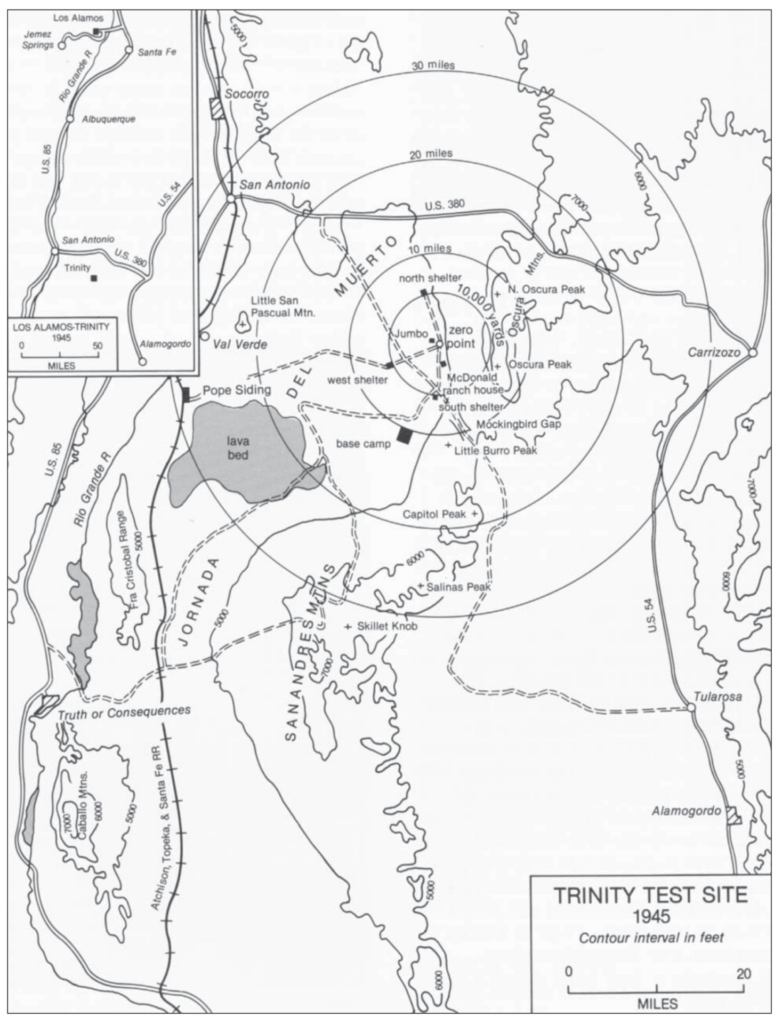
Much of Cordova’s extended family has lived in and around Tularosa for generations. Her paternal grandparents and her father, then a young boy, were asleep at home the morning of the test. The blast threw them out of their beds. Cordova’s grandmother later described the ash that fell from the sky for days afterwards as something that “got on everything, went everywhere, the soil, the water,” says Cordova. “Everything they were eating or drinking in 1945 after the test was contaminated, but they didn’t know it.”
Even after the Manhattan Project had gone public, neither her family nor their neighbors were informed by the US government about the composition of the fallout that they had been ingesting. Nor were they monitored for adverse health effects. Meanwhile, the US government did set up an operation—the Atomic Bomb Casualty Commission—in Japan to monitor the long-term effects of radiation on survivors of the Hiroshima and Nagasaki bombings, but created no similar commission to study, or even acknowledge, Trinity test survivors.
“No one really wanted to pursue the radiation possibilities for fear of getting involved in litigation,” Stafford Warren recalled later (Nolan 2020).
Health problems began to plague Cordova’s family. Two of her great-grandfathers died of stomach cancer, she says, and both her grandmothers developed cancer. Her mother developed mouth cancer, and her father suffered from various cancers, including prostate cancer and tongue cancer. Doctors had to remove part of his tongue and his lymph nodes, she says. The cancer eventually spread to his neck and became inoperable. Cordova says he weighed about 125 pounds at his death in 2013 at the age of 71.
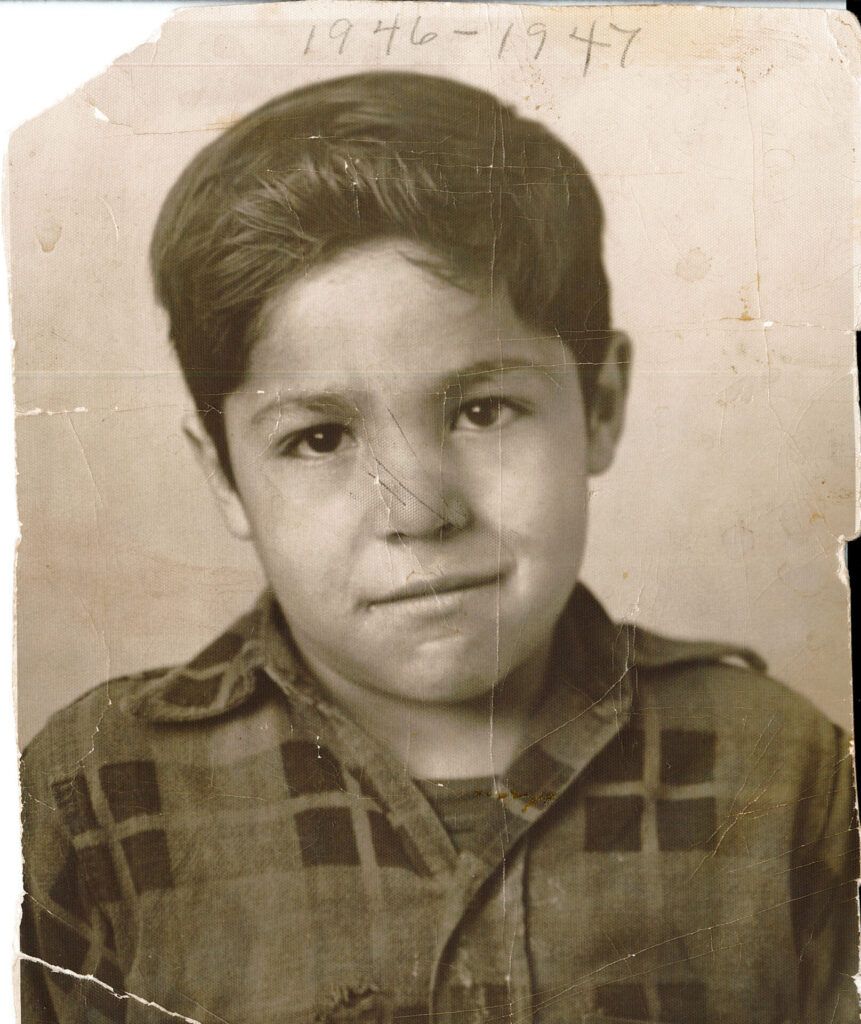
Also in the years following the test, Barbara Kent—who had played with fallout along with her fellow campers—began hearing that her fellow campers from that summer had been falling ill. By the time she reached 30, she recalled in 2021: “I was the only survivor of the girls at that camp,” adding that she herself has had several cancers, including endometrial cancer and “all kinds of skin cancer.”
In 1990, the US Congress passed the Radiation Exposure Compensation Act (RECA), providing $50,000 in one-time compensation to each of the nuclear test “downwinders.” Those who qualified were largely limited to individuals who may have been exposed to radioactive fallout in specified areas around the Nevada Test Site, where 100 subsequent above-ground tests were conducted before a moratorium on nuclear testing in 1992. (Following the Trinity test, the United States ultimately conducted over 1,000 nuclear tests in Nevada, other sites across the country, and in the Marshall Islands [Blume 2022].)
Since RECA’s initial passage, more than $2.5 billion has been dispensed to approximately 39,000 nuclear workers and downwinders (Szymendera 2022).
Yet while military and government workers who were “onsite participants” in the Trinity test became eligible for compensation when RECA was expanded in 2000, civilian downwinders of the Trinity test were not included as eligible candidates—and remain ineligible to this day.
“Nobody has ever been able to explain to me why … New Mexicans were left out of the original RECA legislation,” says Sen. Ben Ray Lujan (D-New Mexico), who led a successful bipartisan effort to extend RECA in 2022. The legislation was due to sunset last July, but was given a two-year reprieve. “This is an issue of justice—of making New Mexicans whole who played a role in our national security. They paid a price for it—their health, livelihoods, and lives.”
At the time of writing, Sen. Lujan had just reintroduced legislation to extend and strengthen RECA, and include, at long last, Trinity test downwinders. He warns that “With just another year left of the extension that we passed, the clock is ticking.”
“As I have for over a decade, I’m meeting with my colleagues to build support, sharing survivors’ stories, and raising the importance of the federal government doing right by the folks it’s harmed,” he says. “We cannot let this program expire.”
Cordova says she and other Tularosa downwinders had not even been aware of RECA for years after it initially passed. Bewildered by the exclusion of the Trinity downwinders, she and another Tularosa resident, Fred Tyler, founded the Tularosa Basin Downwinders Consortium in 2005. She and the organization’s other principals have collected hundreds of testimonies from local downwinders and downwinder descendants, and says that every one of the respondents has described adverse health conditions, thyroid issues, and cancers that often can result from radiation exposure.
“America poisoned its own citizens, and it has been looking the other way,” Cordova says. “They can never say that they didn’t know ahead of time that radiation was harmful, or that there was going to be fallout. They were depending on us to be unsophisticated, uneducated, and unable to stand up for ourselves. And anyone who hears this story and believes that people weren’t harmed, or that it doesn’t matter that they were harmed, is complicit if they chose to do nothing and look the other way. Our country has to be better than that.”
Acknowledgments
The author wishes to thank Tina Cordova, Barbara Kent, Kaysie Kent, Bryan A. Kendall, James L. Nolan, Jr., and Oliver Payne.
Together, we make the world safer.
The Bulletin elevates expert voices above the noise. But as an independent nonprofit organization, our operations depend on the support of readers like you. Help us continue to deliver quality journalism that holds leaders accountable. Your support of our work at any level is important. In return, we promise our coverage will be understandable, influential, vigilant, solution-oriented, and fair-minded. Together we can make a difference.
Keywords: Leslie Groves, Manhattan Project, Trinity test, William Laurence, downwinders, fallout, radiation
Topics: Investigative Reporting, Nuclear Waste, Nuclear Weapons

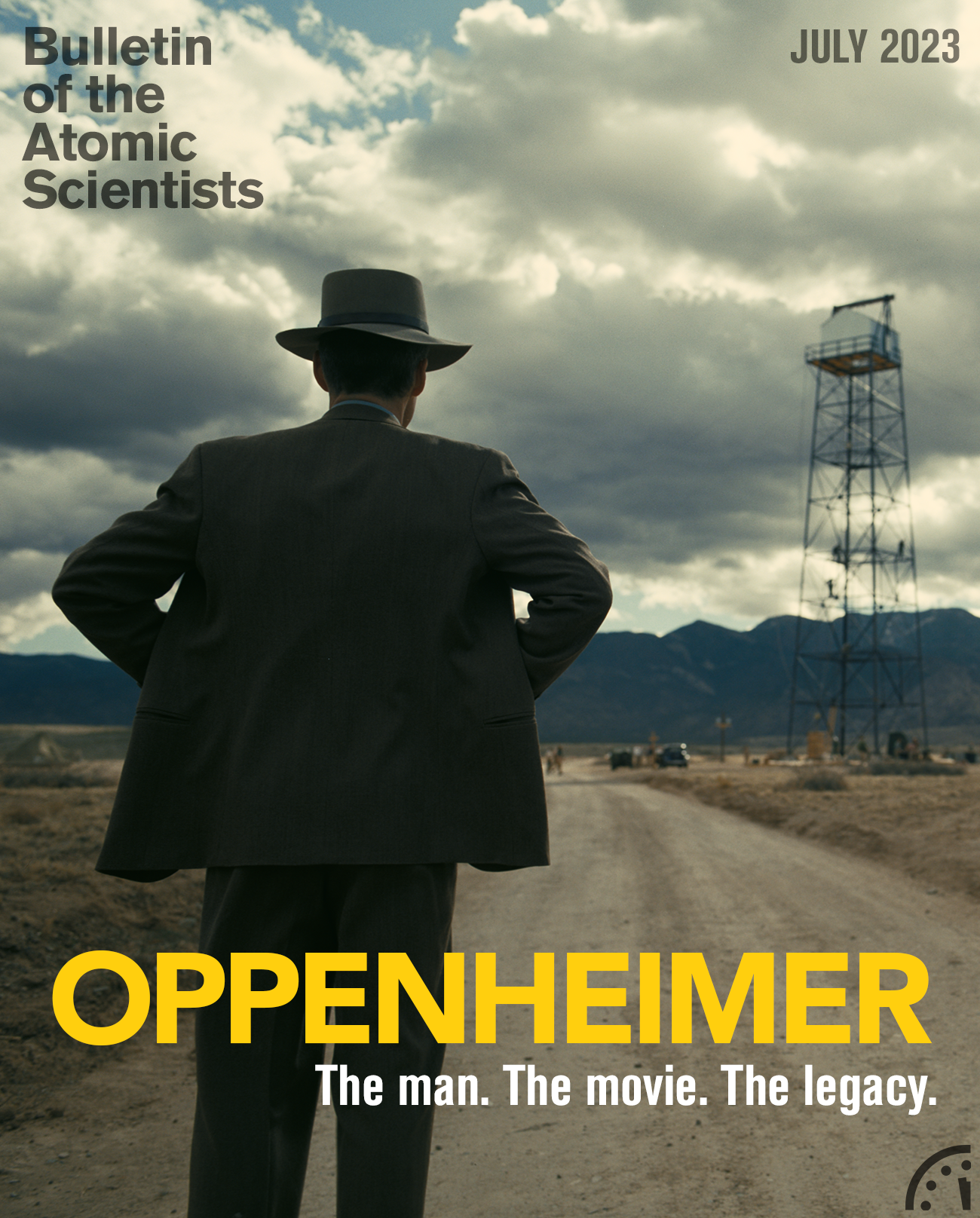
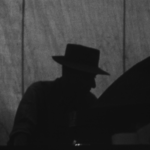


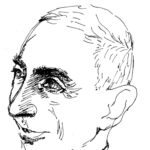
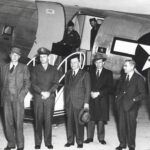
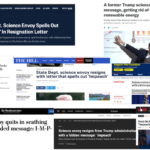
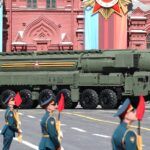
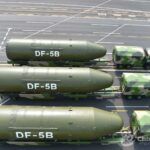
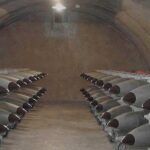
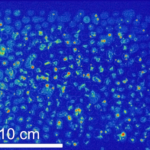
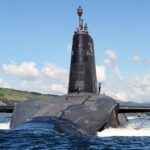
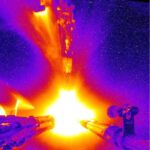
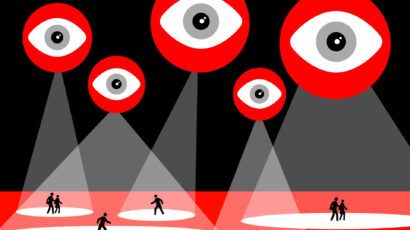
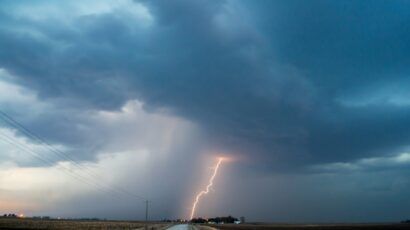
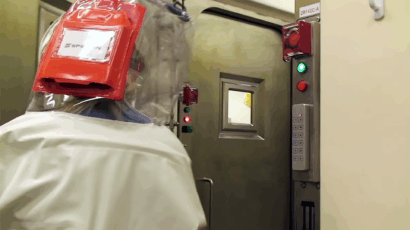





I recommend watching the 1982 documentary The Atomic Cafe.
We still have a VHS tape of it from ’92. Duck and cover!
Barbara Kent was “recalling” in 2021….she must have been about 89 then, giving great credence to the non-scientific nature of this report and data.
It’s Shiva, not Vishnu, the destroyer of Universe.
“Socorro, New Mexico—about 100 miles from the bombing range”
Socorro New Mexico is much closer than 100 miles as stated in the article! 50 miles by road from Socorro to Trinity site, and closer in a straight line as shown in the map with this very article.
This is an important story so let’s not cast doubt on it with inaccuracies
I spent the nite in Socorro. The next morning, the 50th anniversary of the Trinity Test, I visited the Trinity Site. A bucket list item. I was born in 1952. With all the research that I have done over my life, I am shocked & saddened that I never knew or even pursued learning more about the details of the above article.
They were “Hidden In Plain Sight”.
I still fully support their use against Japan.
At the time of these tests the government did not have all the knowledge of atomic radiation and fallout it was more important to beat Germany Nazi from creating the atomic bomb and also Japan was not going to surrender did you ever wonder why there was very few Japanese prisoners of war in ww2 it’s because they fought tell the death. Attacking the homeland would of cost estimated One million Americans lives. We did the best we could in a race against time.
By the time of the Trinity test, Germany had been out of the war for 2 months. Even earlier, the Alsos Mission had shown that there was no danger of a German atomic bomb.
The figure of “one million American lives” was purely made up, with no basis. And actually, Americans wouldn’t have needed to invade the Home Islands at all, even without the atomic bombing. The Japanese didn’t surrender because of Hiroshima and Nagasaki – they surrendered because of the Russian entry into the war with Japan. See
https://www.belfercenter.org/sites/default/files/files/publication/is3104_pp162-179_wilson.pdf
which, btw, persuaded Freeman Dyson.
Don’t kick the biggest guy on the block and not expect to get your ass kicked. The Japanese Military were far more cruel, deluded and evil than the two atomic bombs ever were.
Sadly but truthfully I agree. My Father and Father in Law fought in WWII, as well as other family members.
These people need to be compensated. NOW. Not tomorrow. They are abandoned victims. The story needs to be told in print, on video and in a movie. Someone needs to speak for them.
“I love the smell of plutonium in the morning,”
Was that Shiva?